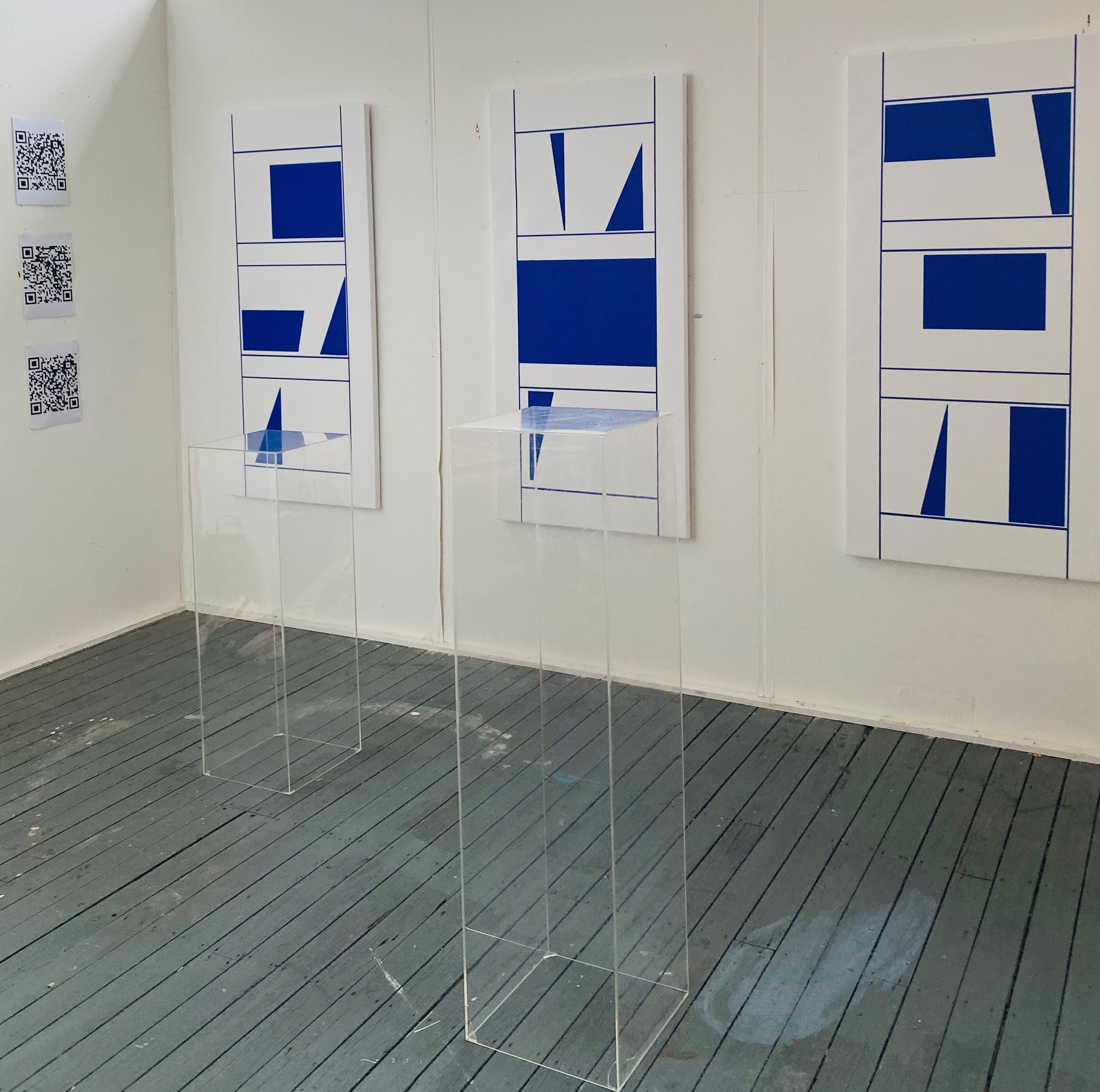High Culture
Harold Bloom’s influential work on the subject, “The Western Canon” was published in 1944 and offered several definitions of canonicity. He outlined that the canon is a set of texts whose value and readability have bore the test of time: it is also the modality that establishes the standards which to evaluate such texts by. He described the canon to serve as a memory system, which receives, retains, and orders selective works.
He also purported that the canon is a standard of measurement that cannot be tethered to political or moral considerations.

Aphra Behn, 2021 | Acrylic on Canvas | Dimensions 145 cm x 70 cm | Sold: $5,500

Tahereh, 2021 | Acrylic on Canvas | Dimensions 145 cm x 70 cm | Sold: $5,500

Ann Petry, 2021 | Acrylic on Canvas | Dimensions 145 cm x 70 cm | Sold: $5,500
He then went on to create a minuscule list of 26 authors which he considered to make up the entire canon, only 6 of which were women and even fewer were authors of colour. All works were either written in English, or had been translated into English.

With my work, I’ve created silhouettes of bookshelves by painting the negative space between the books, rather than the books themselves. This is a way of visually indicating that I’m speaking to the books that go unread, the authors who had slipped through the cracks when that initial list was created. I’ve then paired this triptych with sculptural stacks of books which I made out of foam board; the names of the authors who I was focusing on in particular are listed on the spines.

High Culture, 2021 | Acrylic & Acetate on Foam Board | Dimensions 35 cm x 20 cm


High Culture, 2021 | Acrylic & Acetate on Foam Board | Dimensions 35 cm x 20 cm
I chose to highlight three authors from different countries and time periods; beginning with Aphra Behn of the restoration era from Britain, she was credited with writing the first English novel. Moving onto Tahereh, who was alive during the 1800’s and was an influential poet from Iran before she was martyred, and Ann Petry who’s debut novel from 1946, The Street, became the first novel by an African-American woman to sell more than a million copies. By focusing on such writers, I’m pointing out the biased and one-sided nature of “The Western Canon” which failed what it set out to do — exalt great literature.